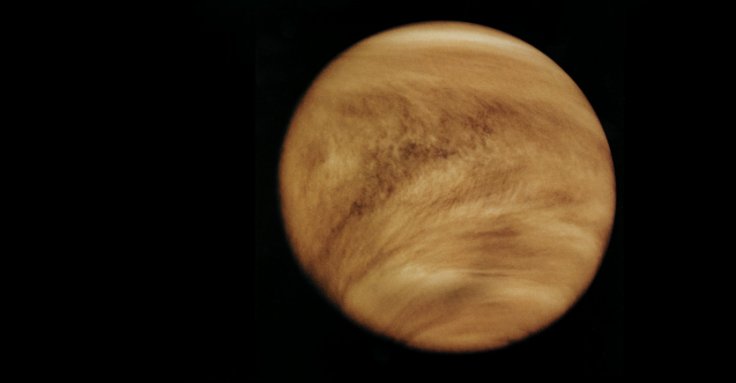
The second planet in our solar system, Venus has an atmosphere that is next to impossible for it to harbor even a tiny sign of life. Its temperature reaches as high as 462 degrees Celsius at the surface and has a CO2 atmosphere that is 90 times thicker than our home planet Earth.
Though the planet could be a hell for any life form now, it might have had "a shallow liquid-water ocean and habitable surface temperatures for up to 2 billion years of its early history," stated a study conducted by NASA.
The scientists from NASA's Goddard Institute for Space Studies (GISS) have conducted a computer modeling of the planet's primeval weather to revisit the atmosphere on Venus. "Many of the same tools we use to model climate change on Earth can be adapted to study climates on other planets, both past and present. These results show ancient Venus may have been a very different place than it is today," said the lead author of the study, Michael Way, who is also a researcher at GISS, NASA.
The measurements that were taken by one of the earliest missions of NASA, the Pioneer mission in the 1980s, first found out that probably Venus had an ocean initially. Since the planet's distance from the Sun is lesser than that of Earth's, chances are its ancient ocean evaporated. With no water on the surface of the planet, carbon dioxide took over the atmosphere and that led to "a so-called runaway greenhouse effect that created present conditions," said NASA.
A planet's rotation rate on its axis also impacts on its living beings. Venus' rotation rate is rather slow. One day on the planet is equal o 117 days on Earth. While scientists had initially believed that a thick atmosphere, such as that of today's Venus, needed the planet to rotate at a slow rate but recently that idea has been changed. The experts have found out from a new study that even a thin atmosphere, such as that of today's Earth, is capable of generating the same outcome. It means an age-old Venus with a thin atmosphere like Earth could have maintained the same slow rotation rate that it has currently.
Another significant factor that plays a key role in a planet's habitable climate is the topography. According to the report, the team of researchers at the GISS hypothesized that primeval Venus "had more dry land overall than Earth, especially in the tropics. That limits the amount of water evaporated from the oceans and, as a result, the greenhouse effect by water vapor. This type of surface appears ideal for making a planet habitable; there seems to have been enough water to support abundant life, with sufficient land to reduce the planet's sensitivity to changes from incoming sunlight."
The study also took into account a primeval sun, which was about 30% less bright than today. Even with that dimmer sun, Venus obtained around 40% more sunlight than what Earth receives today.
Also Read: Mars has a tail, finds out NASA's MAVEN spacecraft
The GISS model's simulation shows that Venus's slow spin exposes its day-side to the sun for almost two months at a time,making its surface warm that produces rain and creates a thick layer of clouds, which acts like an umbrella to shield the surface from the solar heating.
"The result is mean climate temperatures that are actually a few degrees cooler than Earth's today," said Anthony Del Genio, another scientist at GISS and also a co-author of the study.









